The EV Battle: Tesla Cybertruck vs. GMC Hummer EV | Who will win?
Tesla's Cybertruck and GMC's Hummer EV are two leading challengers in the premium electric truck segment. Lets compare?
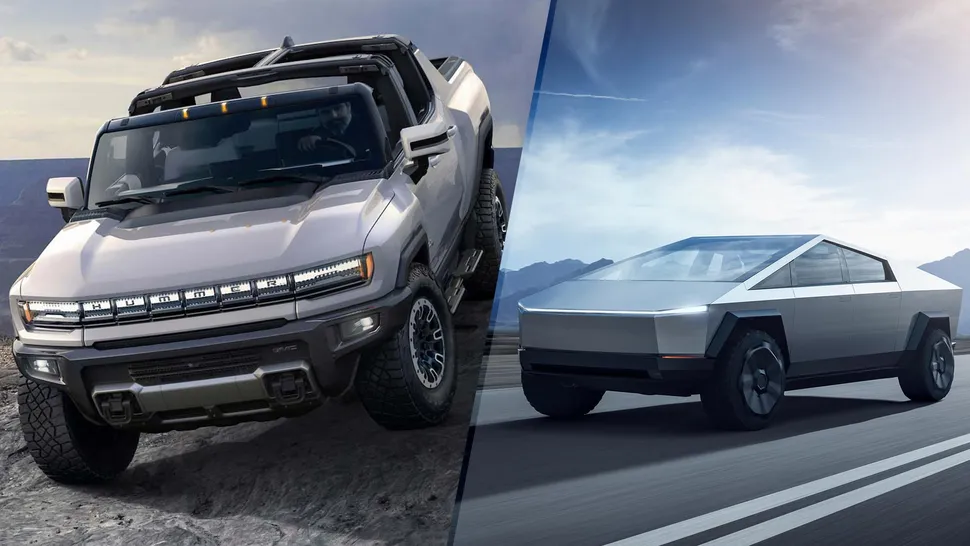
- Tesla's Cybertruck and GMC's Hummer EV are two of the top candidates in the high-end electric truck segment, with each offering what appears to be a winning combination of power, performance, durable construction, and cutting-edge technology.
- Tesla has stated that the Cybertruck will accelerate from 0-60 mph in 2.9 seconds with three motors, 4.5 seconds with dual motors, and 6.5 seconds with a single motor.
- The GMC Hummer EV is equipped with General Motors' Super Cruise system, which is capable of Level 2 autonomous driving.
- Tesla has been focusing on the Cybertruck's durability.
- Tesla Cybertruck vs. GMC Hummer EV: What's the Future? While Tesla appears to hold the edge in a number of critical categories, the Hummer appears to be gaining ground in others.

| Tesla Cybertruck | GMC Hummer EV Edition 1 | |
| Release Date | 2022 | Fall 2021 |
| Price | $69,900 | $112,595 |
| Power | 3 motor AWD | 3 motor AWD |
| Range | 500 miles | 350 miles |
| Charging | 250 kW | 350 kW |
| 0-60mph | 2.9 seconds | 3.0 seconds |
| Autonomous driving? | Autopilot | Super Cruise |
Tesla Cybertruck vs. GMC Hummer EV: Release date and price
The GMC Hummer EV has an instant release advantage, with the Edition 1 truck hitting customer driveways in Fall 2021. Meanwhile, the first Cybertrucks, which were previously scheduled to arrive in late 2021, now have a nebulous '2022' launch date for the very first models to roll off the assembly line.
A rear-wheel drive model with a single motor was initially scheduled for late next year, but it's unclear how the latest delays will effect that.
Of course, the disadvantage is that the first-generation Hummer EV has been sold out for months. However, you can still reserve a later model, such as the EV2, EV2X, or EV3X, in either pickup or SUV configuration.
Additionally, those models have less power and range, however that is reflected in the cheaper price. The first of them, the Pickup EV3X, will come in Fall 2022. Though, given the Cybertruck's position, we have no idea how that compares.
Advertisement
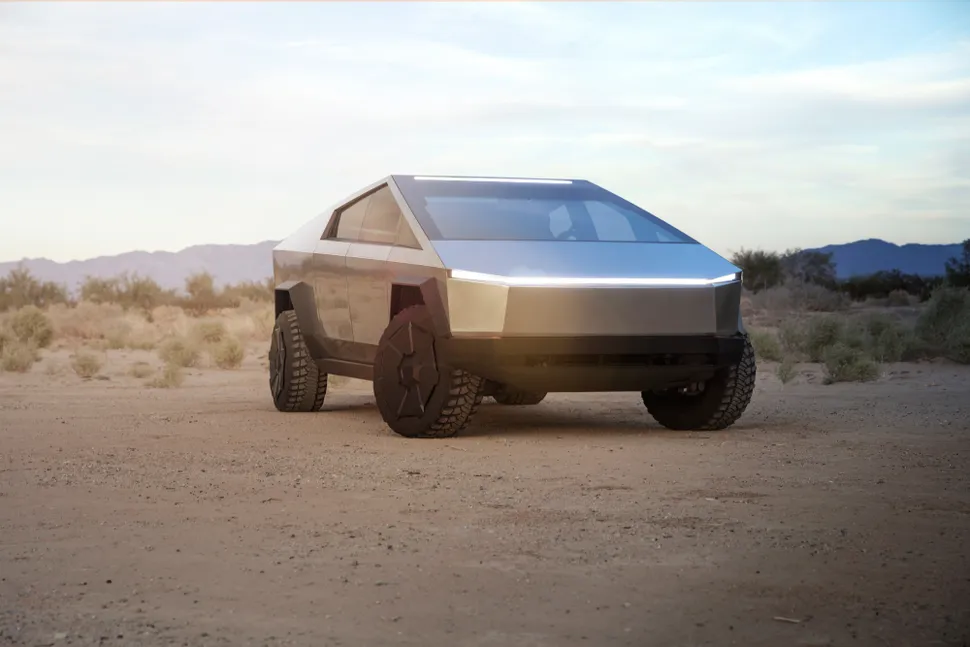
Tesla Cybertruck (Image credit: Tesla)
Despite this, Tesla is unquestionably the price leader. The Cybertruck's most expensive variant is now $69,900, which includes a longer range than lower-specced vehicles, as well as three-motor all-wheel drive. Meanwhile, you can downgrade to a two-motor all-wheel drive ($49,900) or a one-motor rear-wheel drive ($39,900) version of the automobile.
By comparison, the most expensive Hummer EV Edition 1 is $105,595. The EV3X reduces that burden to just under $100,000 but limits your range to 300 miles, while the EV2X costs just under $90,000 and comes equipped with only two motors with a 300-mile range. The EV2, which will cost $80,000 and have a range of 250 miles, is the entry-level model. That will not occur until 2024, though, and hence we do not need to be concerned about it in the short term.
These pricing remain same regardless of whether you choose the pickup or the SUV type.
As a result of all of this, Tesla appears to have the price edge, while the Hummer appears to have the road-ready advantage (or off it). Particularly in light of the Cybertruck's postponement.
Advertisement
Tesla Cybertruck vs. GMC Hummer EV: Interior Design
Without a question, the GMC Hummer EV is a classic Hummer design. It's large, it's wide, and it's spacious on the inside. It's slightly more rounded than a standard gas Hummer and features appropriately futuristic LED headlamps.
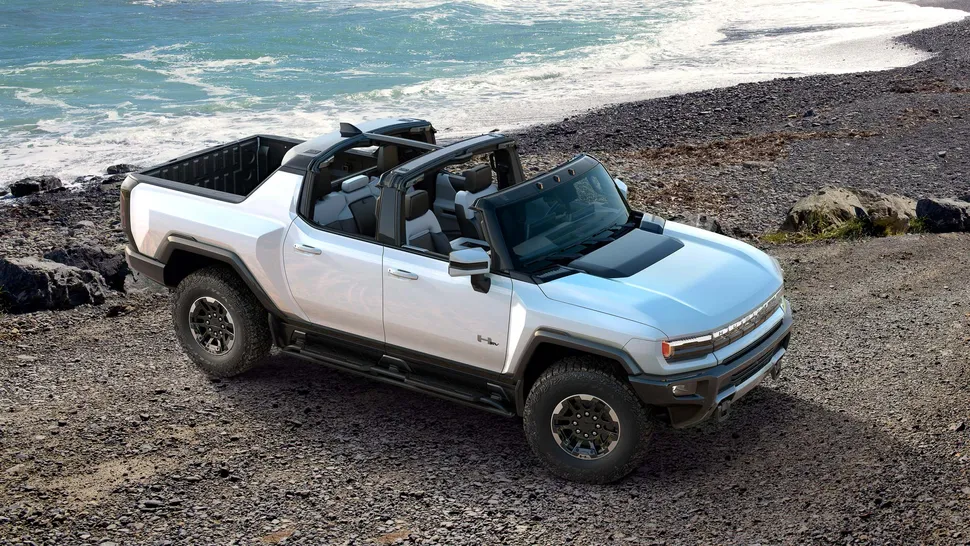
GMC Hummer EV (Image credit: GMC)
Inside, there's enough capacity for five people very comfortably, as well as a slew of high-tech gadgets that you'd expect from a vehicle this pricey. A 13.4-inch touchscreen control panel and a 12.3-inch gauge cluster are included.
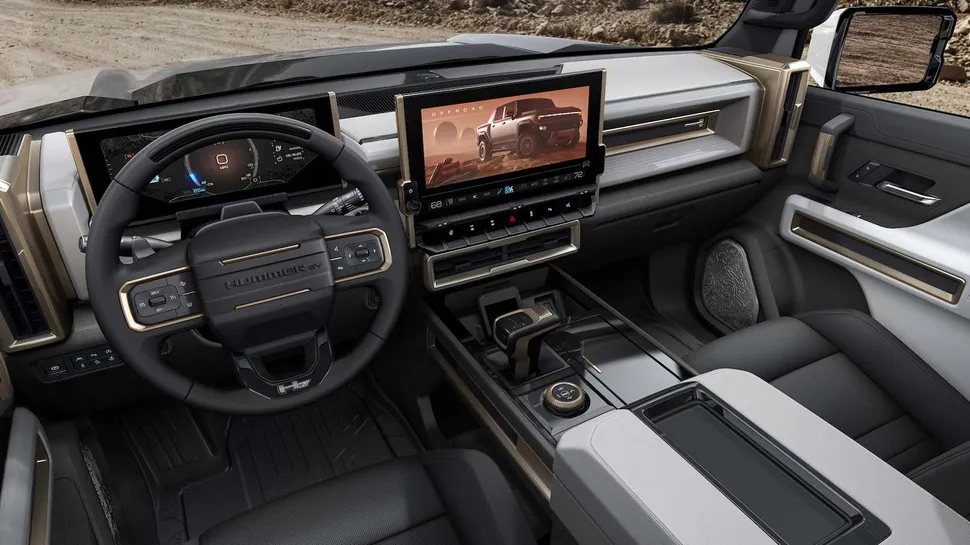
GMC Hummer EV (Image credit: GMC)
The Tesla Cybertruck is a totally different beast, resembling an asset from a '90s cyberpunk game more than any current truck — though that appears to be the intention, given Elon Musk's eccentricities. It's flat, angled, and distinctive. This is also true of the Hummer, although for very different reasons.
Advertisement
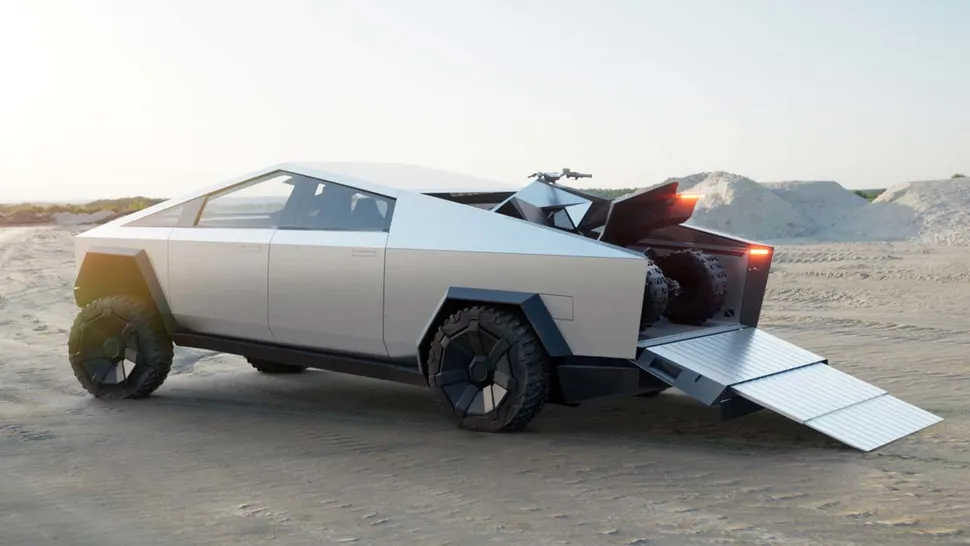
Tesla Cybertruck with Cyberquad (Image credit: Tesla)
The interior of the Cybertruck follows the motif, with the form of the seats and dash taking ideas from the outside. Naturally, the roof is angled as well, as Tesla could only do so much to conceal that glaring design choice.
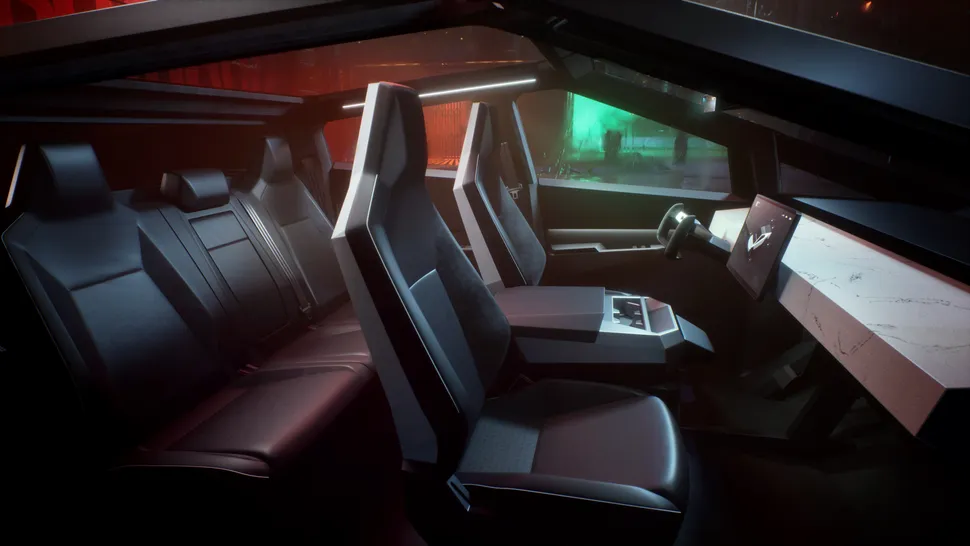
Tesla Cybertruck (Image credit: Tesla)
Nonetheless, it exudes an aura that screams "Tesla," complete with a yoke steering wheel and a massive touchscreen control panel. It appears to be quite big as well, though not near as large as the Hummer EV's huge interior.
With that in mind, the Hummer appears to have the upper hand in this contest. While some may think them large and annoying, that is just what they are. Hummer has simply adapted an existing design to meet an all-electric future, but the Tesla Cybertruck appears to have emerged from one of Elon Musk's fever dreams.
Advertisement
Tesla Cybertruck vs. GMC Hummer EV: Which Is More Powerful?
Hummers are large off-road capable vehicles with a lot of power. The Hummer EV is no exception, with the Edition 1 vehicle producing 1,000 horsepower. This lowers to around 800 horsepower in the EV3X and to 625 horsepower in the EV2X.
This also implies that you may accelerate from 0 to 60 in as little as three seconds, which will be advantageous once EV drag racing becomes popular among tomorrow's young.
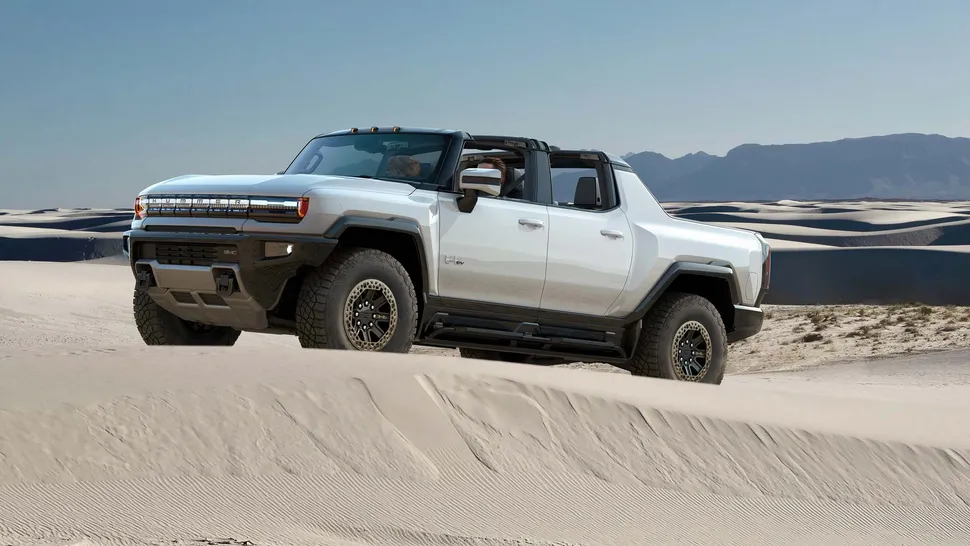
GMC Hummer EV (Image credit: GMC)
Whichever way you look at it, the Hummer EV packs a lot of punch, so don't let anyone convince you that EVs can't undertake the heavy lifting that internal combustion engines are capable of.
Tesla has not confirmed the Cybertruck's horsepower, but Motor Trend predicts it will be between 690 and 800 HP. Tesla has stated that the Cybertruck will accelerate from 0-60 mph in 2.9 seconds with three motors, 4.5 seconds with dual motors, and 6.5 seconds with a single motor.
That amount of power is also not negligible, as it is still a significant quantity – potentially more than the lower-spec Hummer EV versions, assuming those estimations are accurate. However, as far as we are aware, Hummer has the advantage on this front. It's a large vehicle with plenty of power.
Additionally, the Hummer includes a feature called 'WTF Mode,' which stands for 'Watts to Freedom.' It's simply a launch option, similar to Tesla's Ludicrous mode, for when you want to test the acceleration of your automobile. WTF mode lowers the truck a few inches and puts the truck's 1,000 horsepower to the wheels in full force. It is unknown whether Cybertruck will receive Ludicrous mode, however we assume Tesla will include it just in case.
Therefore, if you're all about the stats, the Hummer EV is the way to go, at least until Tesla releases official figures.
Advertisement
Tesla Cybertruck vs. GMC Hummer EV: Battery and Range comparison
The Hummer EV Edition 1 has a range of up to 350 miles, while the EV3X and EV2X have a range of 300 miles and the EV2 has a range of 250 miles. That's impressive in comparison to previous and less expensive EV models, but is quite standard in the high-end EV industry.
The true advantage of the Hummer is its charging mechanism, which is capable of speeds of up to 350 kW when connected to a compatible DC charger. This is said to increase range by 100 miles in just ten minutes, which is astounding. Indeed, it's nearly as quick as filling up a tank of gas, especially if you're accustomed to driving a car with a gas tank the size of a standard Hummer.
The disadvantage is that 350 kW chargers are not widely available. You're unlikely to be able to install one at home, and you'll be hard-pressed to find one on the road, as the majority of EVs are incapable of pulling that much power.
The Tesla Cybertruck has a range of 250 miles with a single motor and 300 miles with two motors. However, the top-of-the-line model, equipped with three motors, can travel up to 500 miles on a single charge.
Advertisement
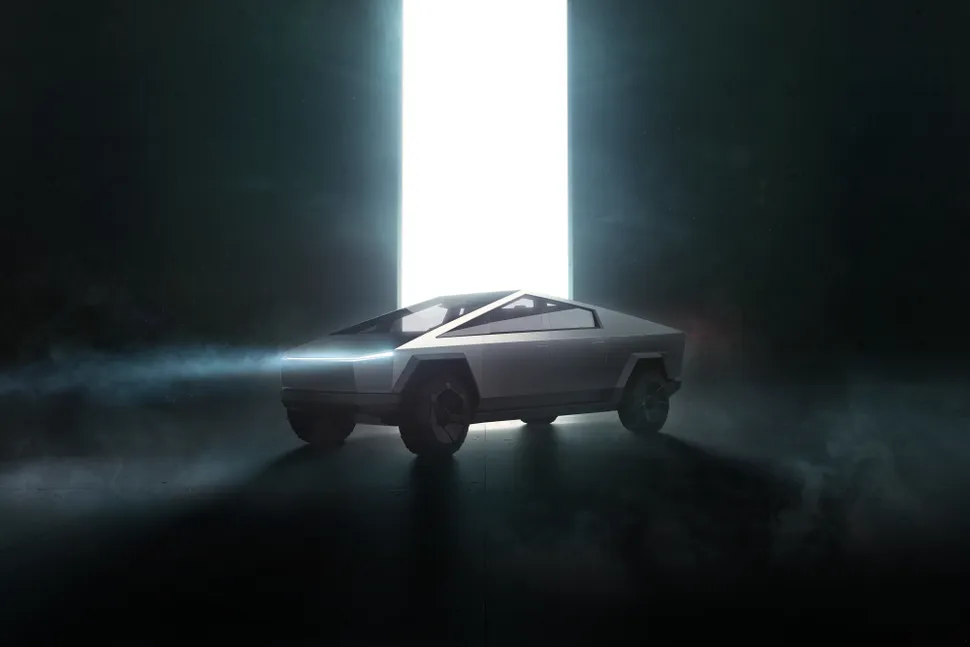
Tesla Cybertruck (Image credit: Tesla)
Its charging speed is a slower 250 kW, yet it appears to be capable of charging from 10% to 80% in 44 minutes. Additionally, Tesla manages its own Supercharger network, which means that locating one capable of charging at top speed should be rather straightforward.
Tesla appears to be the undisputed winner here. While the single-motor model trails the dual-motor model by 50 miles in terms of range, the higher-spec variants make up for it. After all, 500 miles is a considerable distance, and it costs less than two-thirds of the price of the top-spec Hummer. While Hummer beats Tesla in terms of charging speed, this comes with several apparent qualifiers, at least for the time being.
Clearly, Hummer is still in its infancy in the EV industry, compared to Tesla, which has been in the EV and battery business for several years. It has a significant head start, which it is definitely capitalising on.
Advertisement
Tesla Cybertruck vs. GMC Hummer EV: Self-driving Vehicles
The GMC Hummer EV is equipped with General Motors' Super Cruise system, which is capable of Level 2 autonomous driving. This requires the driver to maintain focus on the road ahead, though the automobile can manage limited acceleration and steering to alleviate the driver's burden. Additionally, this system should support automated lane changes.

GMC Hummer EV (Image credit: GMC)
Additionally, Super Cruise has the potential to evolve into a Level 3 autonomous system, which would not require constant driver attention. Regrettably, there is no date for when that might occur.
By default, Tesla's Autopilot is a Level 2 system, with autonomous cruise control and limited automatic steering inside clearly delineated lanes. Tesla also offers a $10,000 "Full Self-Driving Capability" option, albeit this is not fully autonomous driving.
Rather than that, it has automated lane changes, automated parking, traffic and stop sign control, as well as a "summon" feature that allows you drive into and out of tight parking spaces using your key or phone.
Additionally, Tesla's FSD option includes a test version of something called "Navigate on Autopilot," which allows your car to navigate independently on the highway. Autosteering on city streets is still listed as "coming soon," albeit the exact date is unknown.
Nonetheless, this function would make long road trips more manageable, since the car would transport you from the on-ramp to the off-ramp at your desired exit. Additionally, a Tesla equipped with this capability will navigate junctions and recommend lane changes automatically. The emphasis is on the "beta" label, as this indicates that the system will not operate properly.
Tesla clearly has the advantage here, and while Autopilot is nowhere near complete vehicle autonomy, those characteristics give it a leg up over Super Cruise at the moment. And it is true even if the key benefits are included in a $10,000-plus optional extra.
Advertisement
Tesla Cybertruck vs. GMC Hummer EV: Additional Features
As with any vehicle of this size, the Hummer comes with a respectable-sized truck bed: it's five feet long, which, while shorter than some, still provides plenty space to store everything you need to store. Tesla also includes one, however it outdoes Hummer by giving one that is 6.5 feet long and has an extensible ramp.
While a tailgate is convenient, if you're moving anything big, the Cybertruck's design eliminates the need for heavy lifting.
Still, the Hummer appears to be the true off-roader, with a variety of distinct driving modes to assist you in navigating when conditions are less than stable under the wheel.

GMC Hummer EV (Image credit: GMC)
This includes Crabwalk, which allows you to manoeuvre your truck diagonally, Extra Mode, which elevates your suspension to get you out of tight spaces, and Ultravision, which employs 18 cameras to see what's around you.
This includes a view of your vehicle's underneath. Naturally, Hummer equipped its electric vehicle with underbody protection, four-wheel steering, and dynamic suspension, as the wilderness is not a perfectly smooth paved road. Additionally, translucent sky panels and a 14-speaker Bose audio system are included.
Meanwhile, Tesla has been focusing on the Cybertruck's durability. Indeed, when it was introduced, Elon Musk publicly boasted about it; Tesla even had someone smash the door open with a sledgehammer to demonstrate it. Musk also boasted that the vehicle was bulletproof and capable of withstanding gunfire from a 9mm handgun.
Unfortunately, the car's 'Armor Glass' failed to withstand examination during the unveiling event, when a thrown metal ball cracked two of the Cybertruck's windows.
However, aside from the endurance provided by the stainless steel 'exoskeleton,' we don't know much about what else the Cybertruck will offer, beyond the characteristics found on other vehicles.
Thus, while Tesla may emphasise the Cybertruck's adaptability, Hummer has it beat when it comes to succinctly explaining what its truck is about. That might change, however, given how little we know about the Cybertruck.
Advertisement
Tesla Cybertruck vs. GMC Hummer EV: What's the Future?
While Tesla appears to hold the edge in a number of critical categories, the Hummer appears to be gaining ground in others. This underscores the reality that, despite their similarities, these two vehicles appear to be created for completely different types of people.
If you're the type of person who prefers a large truck, the Hummer is probably the better option for you. That is not to imply you will not be interested in the Tesla, particularly if you own a vehicle for more practical reasons than fashion. Both vehicles convey a message, although the two could not be more dissimilar.
Which is superior? It's difficult to say. Both vehicles appear to be quite evenly matched in terms of actual truck work. Tesla may have a longer range and a lower price, but it also looks pretty strange. However, the Hummer design is also an acquired taste that is not for everyone.
Even at this early stage, one thing is certain: these two electric behemoths will attract a sizable following. We're looking forward to driving both in the coming months and years and revisiting this comparison.
Advertisement